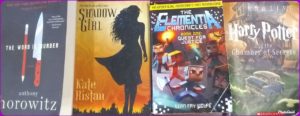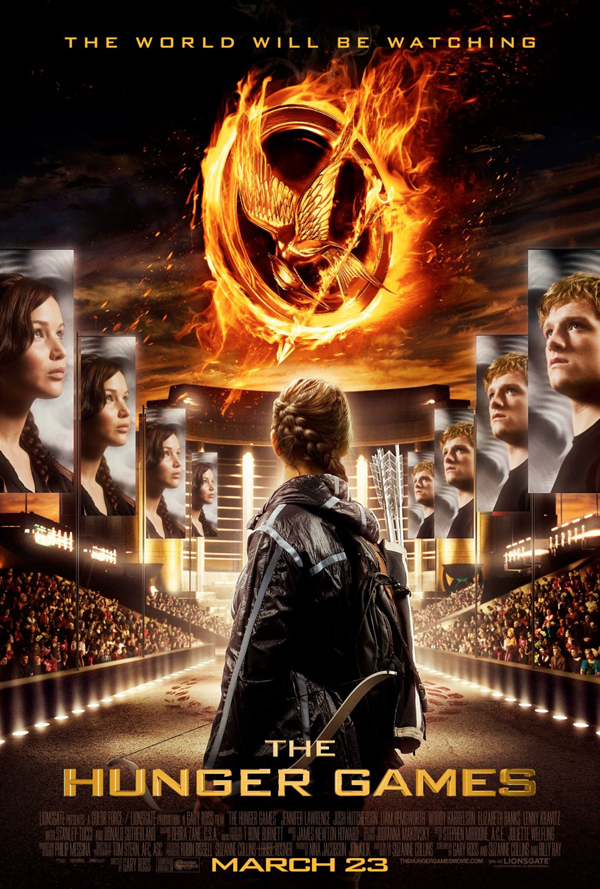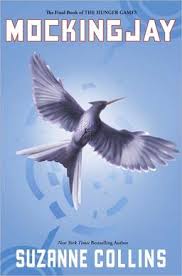Over at Ginger Nuts of Horror, school librarian and YA dark fiction reviewer Tony Jones gave his thoughts on why there aren’t more strong male protagonists in current young adult dark fiction. You should read his article first, because these are my thoughts after reading it. Tony knows a lot more than I do about YA horror, but Monster Librarian has been around since 2005 and I’ve read and written about a fair amount of YA and middle grade horror in that time period. Here’s a list of titles I put together in June, and as you can see, most of them are not very recent.
Tony suggests that the paranormal romance trend kicked off by Twilight at about that time turned a lot of boys off from reading horror, and I’m sure that was true, at the time. In 2019, though, some teenagers might not even be aware of Twilight (quote from my daughter: “I’m not sure what it’s about. Doesn’t it have a black cover with a disembodied hand holding an apple?”). Amelia Atwater-Rhodes was a big name before Stephenie Meyer came along, and what kid knows her books now? There were a couple of other trends that hit in the 2000s as well, the biggest one being Harry Potter. I will say that in 1999 I never would have guessed it would take of like it did, but Harry Potter has had an enduring effect on fantasy literature, complete with fearsome and bizarre creatures and terrifying sorcerers. That kind of fantasy quest fiction with a dark edge overwhemed a lot of the series horror popular in the 1990s with fantasy quest knockoffs. Tony brought up The Hunger Games as an influence, and we did start seeing a lot of dystopian and post-apocalyptic fiction around that time, with zombies becoming popular as well. There was more focus on relationships, and sometimes romance, but there were probably at least an equal number of zombie and dystopian titles with girls and boys as protagonists.
So what’s happening now that is different? Well, we’ve kind of moved through that fear of a far future apocalypse because it seems imminent, and the problems and fears kids are facing today have once again changed. And one of the ways they have changed is that the fears of girls, women, and other marginalized groups are taking up space that they didn’t before. and privilege has complicated the dynamic. A lot of the books we see coming out have to do with agency being stolen, reproductive rights being limited, and things that are spinning out of control for people who already didn’t have much. With women writing most of YA horror, I’m guessing that’s where much of the horror lies. Privilege is more complicated than just that, though, as evidenced by the clueless half-white, half Puerto Rican female protagonist from Vermont in her interactions with Puerto Rican residents in Five Midnights by Ann Cardinal Davila or wealthy Hanna and undocumented Nick in Gemina by Amie Kaufman and Jay Kristoff. It is possible to write characters of teenage boys with nuance, and as the mother of a teenage boy, I am desperate to see it. The #OwnVoices movement, focused on finding and publishing diverse stories by diverse authors, especially in children’s and young adult literature, has also picked up some steam. Pitch Dark by Courtney Alameda is a great example of that, with both male and female point of view characters.
I agree with Tony that there are a lot of kids who skip straight from Goosebumps to Stephen King: in fact, research by Jo Worthy from more than 20 years back documents conversations between middle schoolers who do. In fact, teen readers are even likely to read and recommend adult fiction to their peers, if the “YA Council Recommends” shelves at my public library are any indication. At the same time, there are plenty of kids who don’t want to make that jump all at once. The Last Kids on Earth, Diary of a Wimpy Kid, and Captain Underpants remain popular at the middle school level, and graphic novels of any kind are constantly checking out. Rick Riordan’s quest narratives also stay popular, because they allow kids to gradually level up, with the first Percy Jackson series appropriate for elementary kids and the most recent series, Trials of Apollo, of interest even to adults. Riordan isn’t writing horror, although there are certainly horrific and gruesome elements in his work, as well as comedy and in-jokes. Even when Riordan has a male point of view character, though, we get to see the uncertainties and growth that take place in his protagonists– they aren’t stock characters. Kids devour those books– I have been hearing about the release of the newest one for what feels like eons now.
Back to those kids who skip over YA and go straight to the adult stuff: while lots of us may remember reading adult horror at a relatively young age, it probably wasn’t checked out from the school library. It’s not a recent thing that middle school libraries aren’t stocking Stephen King. If you headed over to the high school in my community, it looks like they have his complete collection, but while an informal poll I did awhile back showed that Gen Xers and millenials as young as 8 had read IT, that doesn’t mean they were getting it at their school library, or even that they’d want to, and definitely they are not finding in in the middle school collections here. Some books are “underground reading”, the kind that you want to pass around with your friends without actually telling the adults in your life about, and Stephen King, before he gained respectability, used to be one of those authors. Roland Smith writes “creature thriller” type books, such as the Cryptid Hunters series and others of his books, but there’s not much in YA horror that I can find for those who love the “man vs. nature” conflict. There doesn’t seem to be a Guy N. Smith for the YA crowd (if there is, I want to know). Those readers do really have to move on to the kinds of titles that used to be found in the horror sections of used bookstores.

Reading choices made by my 13 year old son: Anthony Horowitz (chosen but not read) Shadow Girl (read only at home) Chronicles of Elementia (his favorite book ever, at least on Monday) and Harry Potter and the Chamber of Secrets.
Tony also discusses the gendering of book covers. It really is true that people judge books by their covers. Tony suggests that girls are more likely to pick up a book with a cover that is designed to appeal to boys than the other way around. That may be true in some cases, but I don’t think that is necessarily the case. Kids look for clues from book covers. I’ve got The Word Is Murder by Anthony Horowitz sitting next to my sofa. It has a black cover with a shiny knife and a pencil on the front. The cover is what got my son to bring it home (not read it, but bring it home), and my daughter instantly backed away. I also have a copy of Shadow Girl by Kate Ristau, which has an orange cover with a black silhouette of a girl on it. He read this one secretly (he even tried to hide it from me) but wouldn’t take it out of the house. I feel like a lot of this is a cultural issue– that boys might be more likely to pick up books with girls on the cover if they didn’t think other kids would embarrass them for doing so. It’s sad that boys and girls are shamed for things like the art on the book they’re reading.
There are many fewer male protagonists in YA horror, for sure. It would be great to see this disparity addressed, but as publishers work on increasing diversity I think this is something that is going to require thoughtful discussion in the YA literature community, as there is a feeling right now that publishing has been centering male protagonists and male authors for long enough. Rudine Sims Bishop writes that books should be both windows and mirrors, which is a great analogy, but Uma Krishnaswami takes it a step further and suggests that they can be prisms: not just showing an unfamiliar world or reflecting your own back exactly, but looking at things from a different perspective. I see this as the way that YA is going to have to move in order for boys to find themselves once again as heroes in horror fiction.














Follow Us!